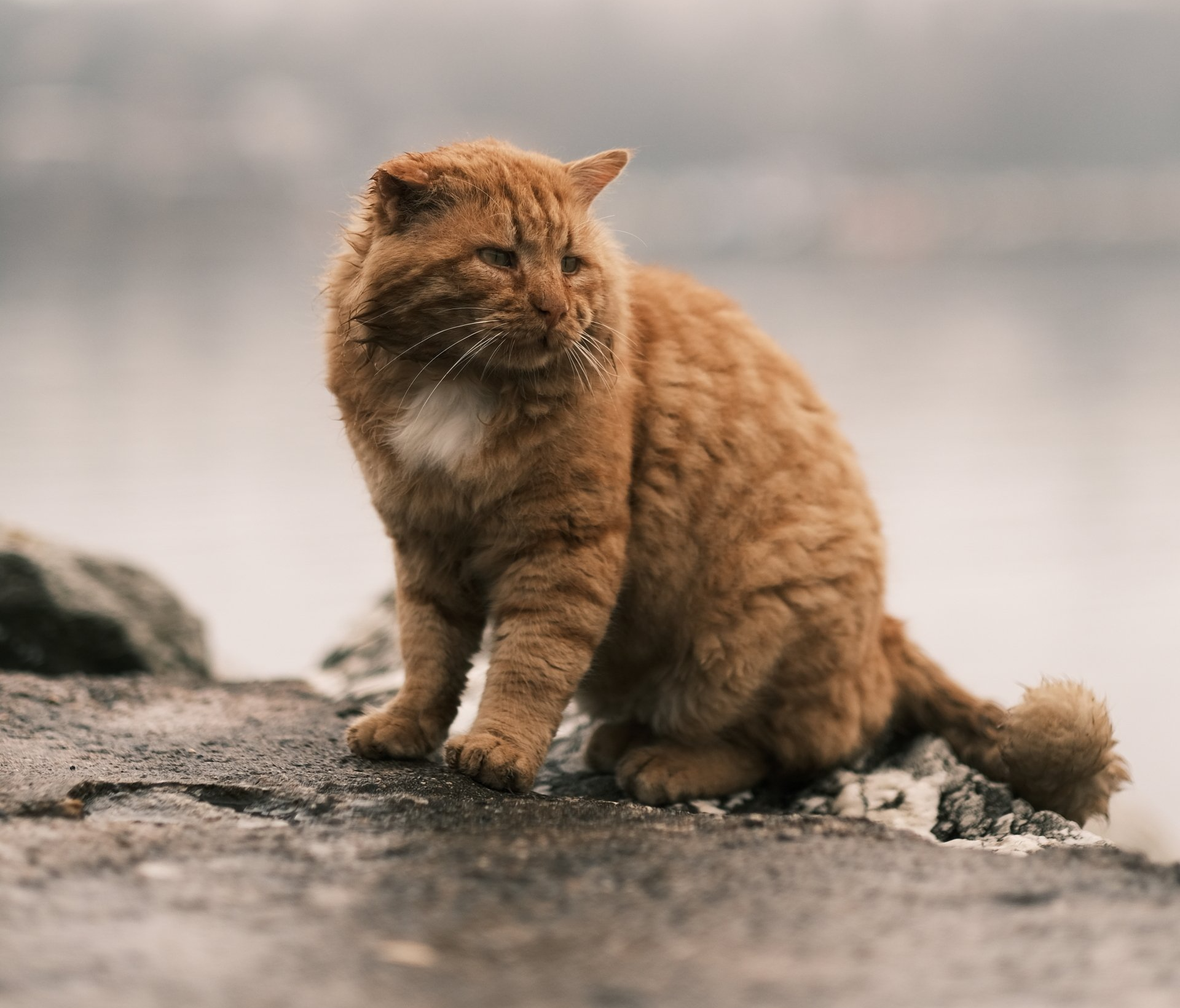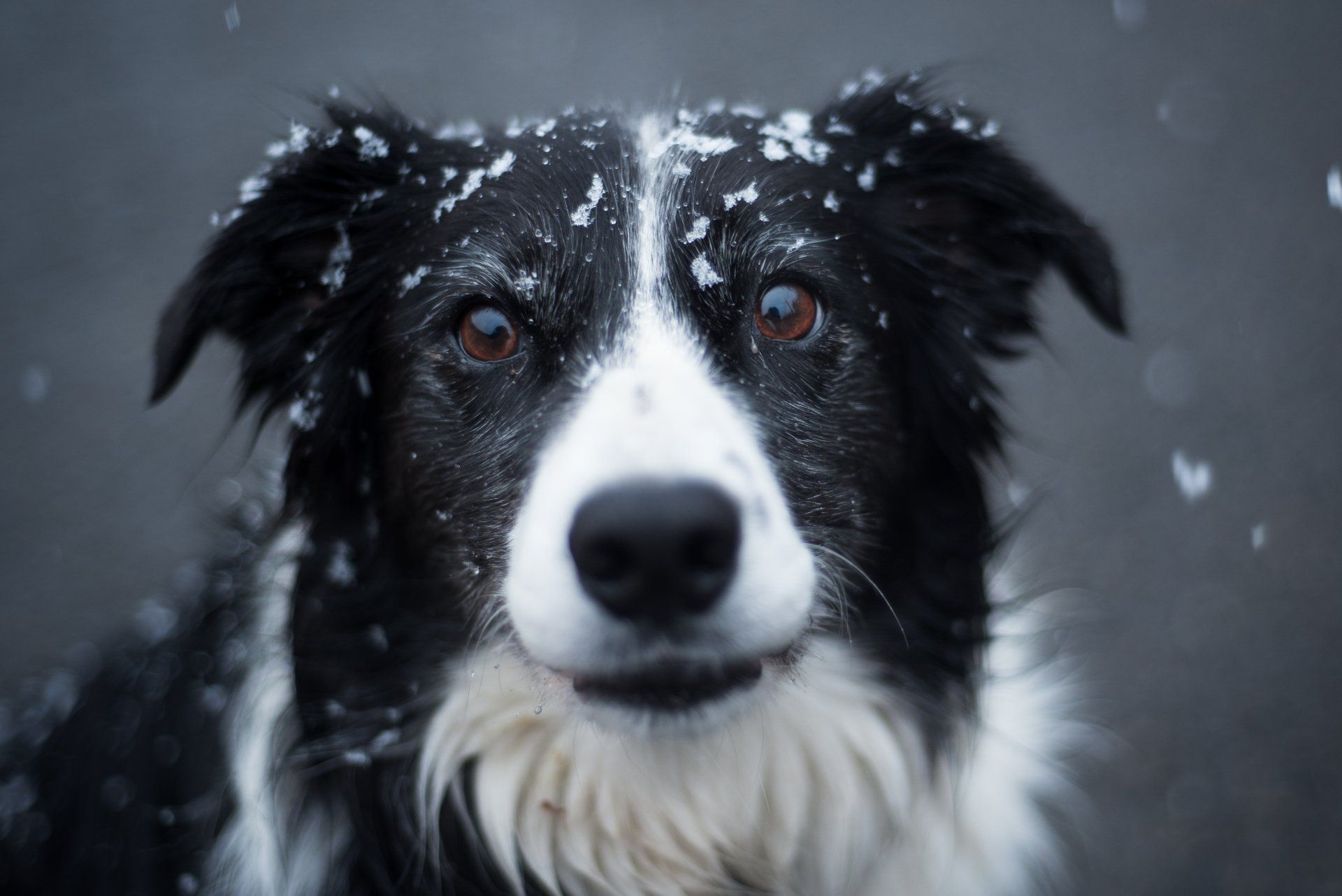Get in touch
555-555-5555
mymail@mailservice.com

Overweight and Obese Dogs and Cats
Excessive weight gain is one of the most common and difficult to treat problems afflicting our pets - according to recent studies, about 60% of dogs and cats in the US are overweight! Because of the cultural stigma it can be a very difficult conversation with your veterinarian, but taking action is critical to keeping your pet healthy and comfortable.
Secondary Effects of Obesity
In overweight and obese pets, there are too many calories consumed and not enough burned. Over time, an obese state leads to a number of secondary effects. For example, obese pets are often insulin resistant, which means sugar in the blood stream especially after a meal is missing the key to be allowed into cells. When sugar cannot enter cells it cannot be processed and diabetes can result. Other conditions like heart disease and high blood pressure can result from obesity. Arthritis can result due to the increased load on the joints and the general inflammation from excessive fat. Other conditions include pancreatitis, compromised ability to breathe, cancer, cranial cruciate ligament (ACL) tears, and hip dysplasia to name just a few. In addition, overweight and obese pets have increased anesthetic risk.
Risk Factors
There are some risk factors to becoming overweight or obese. Certain predisposed dog breeds include beagles, dachshunds, Labrador retrievers, golden retrievers, Shetland sheepdogs, and pugs. A spayed or neutered pet is more likely to be overweight due to a reduced metabolic rate. Neutered male cats and spayed female dogs are more likely to be overweight than their counterparts.
Feeding style can also impact weight gain. For example, allowing free access to food for grazing rather than feeding meals promotes obesity. Feeding treats or table scraps is also problematic. There are some underlying medical conditions that can lead to obesity like an underactive thyroid gland or Cushing’s syndrome.

How will your veterinarian help?
Your veterinarian will start with a thorough physical examination, which includes assigning a body condition score using a widely accepted system. Your pet will be given a number on a scale from 1 to 5 or 1 to 9. Scores of a 3 out of 5 or 5 out of 9 are considered ideal body conditions, but anything above that is overweight or obese. Pets at an ideal weight have ribs you can feel easily and a visible waist from above and an abdominal tuck from the side.
After a diagnosis, it is possible some further testing will be recommended, like checking thyroid and blood sugar levels. You and your vet will have a thorough discussion about how much your pet eats and exercises. It’s tempting to stretch the truth, but honesty during this conversation is crucial to making a plan moving forward. Though it seems obvious, using a measuring cup to know exactly how much is fed per meal is critical. All “scoops” are not created equal! Many veterinary clinics will provide free measuring cups if you need one.
Choosing a diet specifically made for weight loss can be helpful and there are even prescription diets for that purpose. There are special diets formulated to encourage a feeling of fullness. Some diets are less calorically dense, meaning your pet gets to eat a large volume of food without as many calories. Generally this is achieved with a higher fiber and lower fat diet. Cats do well eating a diet primarily of wet food.
Your veterinarian may calculate specifically how many cups or cans of food to feed per meal. You can even start just by cutting back the amount fed by 20%. It is key to be mindful of treats and table scraps - if you can’t resist giving treats, try something low calorie like baby carrots, green beans, or other pet-safe vegetables. The dog or cat might need to stay out of the room where the toddler eats because feeding the pet can be a lot of fun! Treats should be less than 10% of the pet’s food consumed daily.
In addition to cutting back on calories, increasing exercise is important. Walks, swimming, playing with a laser toy, or even rehabilitation programs can all be helpful to achieve weight loss. Finding an activity both you and your pet enjoy is crucial! For example, a dog might fetch the same tennis ball over and over, but cats tend to prefer shorter bursts of play with something new and exciting.
The whole family needs to be on board with any lifestyle changes. Communication with your veterinarian and frequent weight checks are helpful to monitor progress and ensure an appropriate rate of weight loss. Weight loss should be slow and steady - a goal of 1-2% body weight lost weekly is reasonable. If weight loss goals are not being met over time, the plan should be adjusted. Long-term plans are key for maintaining an ideal weight once achieved.



